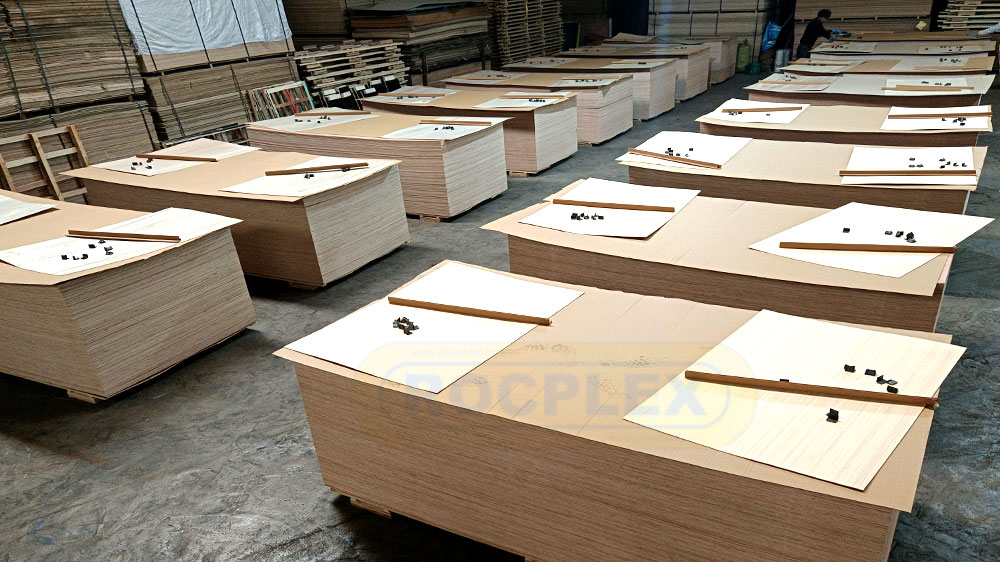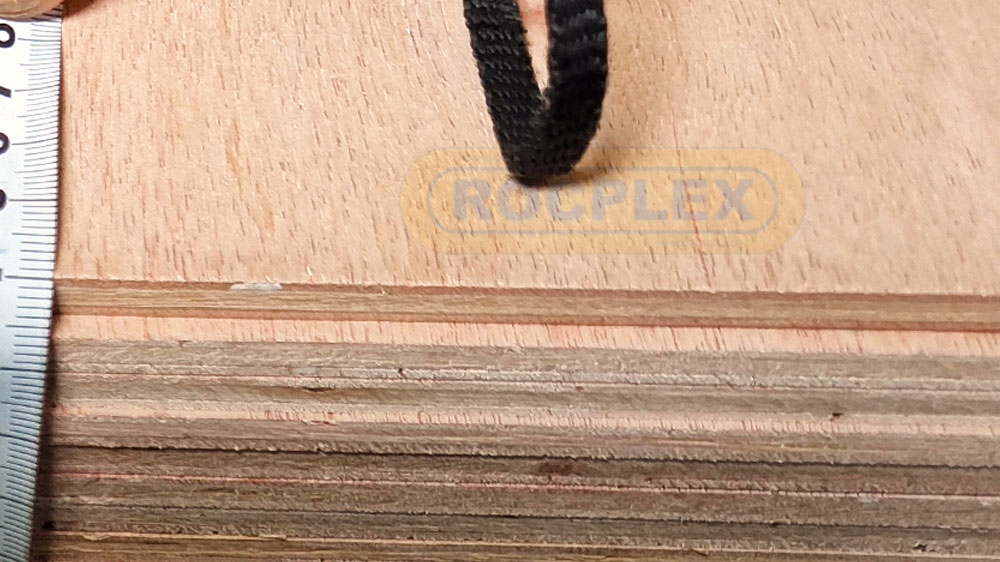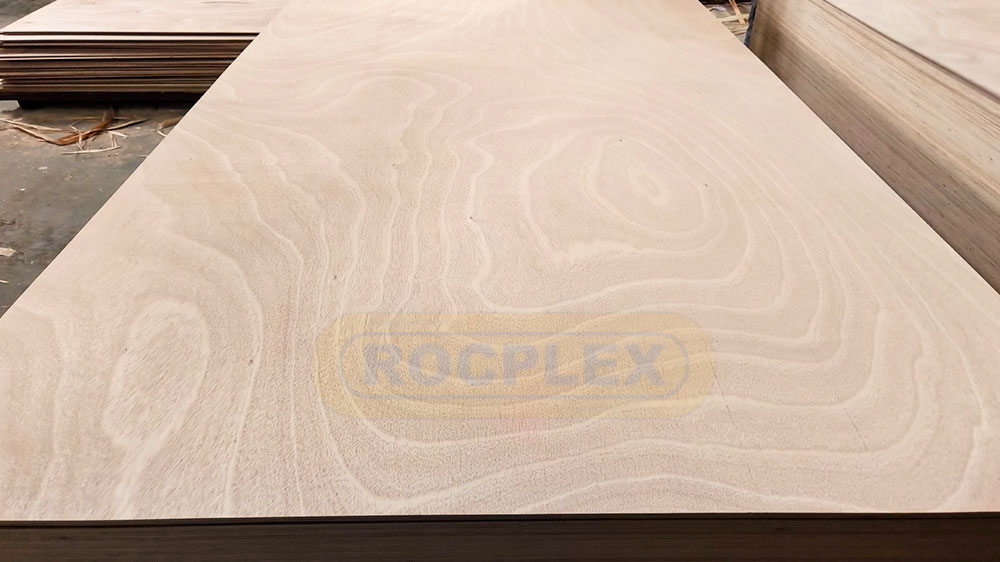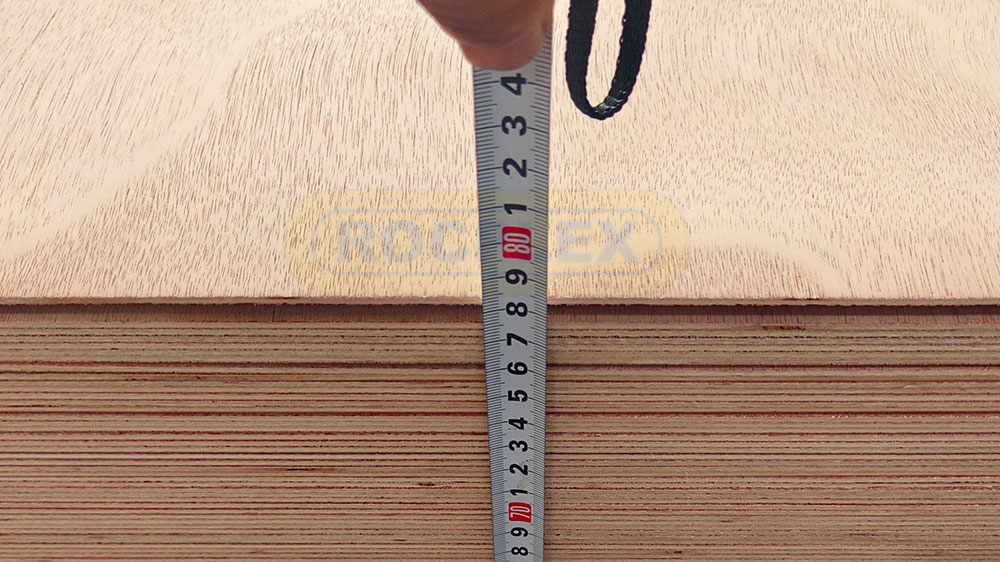Historical Background of Ply Wood
A. Early Beginnings
1. Ancient Uses of Ply Wood
Ply wood has ancient roots, used in Egypt and China for various purposes. Historical records reveal that it played a vital role in both civilizations.
2. Evolution Through the Ages
Over time, ply has evolved into a key material in various industries, adapting to technological advancements and consumer needs.
B. Ply Wood Modern Developments
1. Industrial Revolution Impact
The Industrial Revolution greatly impacted ply wood manufacturing, introducing new machinery and techniques that enhanced production efficiency.
2. Recent Innovations
In recent years, timber panels has seen significant innovation, with manufacturers employing advanced technologies to create superior products.
Manufacturing Process of Ply Wood
A. Ply Wood Raw Material Selection
1. Wood Types
Different types of wood are used to manufacture plywood sheets. Selecting the right wood is crucial to ensure desired properties.
2. Environmental Considerations
Manufacturers must also consider environmental factors in wood selection, aligning with sustainable practices.
B. Ply Wood Production Stages
1. Veneer Preparation
Veneer preparation is a vital step in plywood production, involving the cutting and processing of wood layers.
2. Glue Application and Pressing
After veneer preparation, glue is applied, and layers are pressed together to form ply.
3. Quality Control
Quality control measures are implemented throughout the manufacturing process to maintain high standards in timber panels production.
C. Ply Wood Technological Advances
1. Automation in Production
The integration of automation has streamlined the plywood sheets production process, reducing labor costs and increasing precision.
2. Innovations in Glue Technology
Glue technology innovations have contributed to the development of plywood that is more resilient and adaptable to various applications.
Applications of Ply Wood
A. Construction Industry
1. Residential Buildings
In the construction industry, ply is widely used in residential buildings for flooring, roofing, and walls.
2. Commercial Structures
Ply wood also finds application in commercial structures, adding strength and aesthetic appeal.
B. Ply Wood Furniture and Interior Design
1. Cabinetry and Shelving
Ply wood is a preferred material for cabinetry and shelving, owing to its durability and visual attractiveness.
2. Artistic Creations
Artists and designers often choose timber panels for their creations, exploiting its flexibility and texture.
C. Automotive and Marine Applications
1. Vehicle Interiors
In the automotive industry, plywood sheets is utilized for vehicle interiors, enhancing comfort and aesthetics.
2. Boat Construction
Ply wood’s water-resistant properties make it a favored material in boat construction.
Quality Standards and Regulations in Ply Wood
A. Ply Wood International Quality Standards
1. ISO Standards
ISO standards provide a framework for quality assurance in plywood manufacturing, ensuring consistency and reliability in products.
2. National Standards
Different countries have developed national standards to regulate ply, aligning with local needs and environmental considerations.
B. Regulatory Compliance
1. Safety Regulations
Safety regulations guide timber panels manufacturing to minimize health risks and ensure the safety of workers and consumers.
2. Environmental Regulations
Environmental regulations are in place to promote sustainable practices in plywood sheets manufacturing, minimizing ecological impact.
C. Ply Wood Certification Processes
1. Third-Party Certification
Third-party certification verifies plywood quality and sustainability, building trust among consumers and industry professionals.
2. Eco-Friendly Certification
Eco-friendly certification recognizes manufacturers’ commitment to environmental sustainability, often driving consumer preference.

Ply Wood Environmental Concerns and Sustainability
A. Ply Wood Deforestation Issues
1. Impact on Ecosystems
Deforestation for ply wood production can have detrimental effects on ecosystems, requiring careful management and planning.
2. Reforestation Initiatives
Reforestation initiatives counteract deforestation by replanting trees, often supported by governmental and non-governmental organizations.
B. Energy Consumption and Emissions
1. Energy Efficiency
Manufacturers are seeking energy-efficient methods to reduce energy consumption in ply production, benefiting both the environment and operational costs.
2. Emission Reduction
Emission reduction strategies in timber panels manufacturing include employing cleaner energy sources and utilizing waste recovery systems.
C. Ply Wood Sustainable Practices
1. Sourcing Sustainable Wood
Sustainable sourcing ensures that the wood used in plywood sheets production comes from responsibly managed forests.
2. Recycling and Waste Management
Recycling and waste management in plywood production reduce waste, supporting a circular economy.
Future Trends and Innovations in Ply Wood
A. Ply Wood Emerging Technologies
1. 3D Printing and Robotics
3D printing and robotics offer exciting possibilities in ply manufacturing, increasing precision and customization.
2. Smart Manufacturing
Smart manufacturing integrates data analytics and AI to optimize timber panels production, enhancing efficiency and product quality.
B. Market Trends
1. Growing Demand in Emerging Markets
Emerging markets are driving growth in plywood sheets demand, influenced by urbanization and construction booms.
2. Preference for Eco-Friendly Products
Consumers are increasingly favoring eco-friendly plywood, pushing manufacturers towards sustainable practices.
C. Future Research and Development
1. Advanced Material Combinations
Research into advanced material combinations may lead to ply with enhanced properties, expanding its applications.
2. Collaboration and Partnerships
Collaboration and partnerships between academia, industry, and governments can foster innovation and growth in timber panels technology.
Economic Implications of Ply Wood Industry
A. Economic Contributions
1. Employment Generation
The plywood sheets industry provides employment to millions globally, including in manufacturing, sales, and related services.
2. Revenue and Economic Growth
As a cornerstone of the construction and furniture sectors, plywood drives significant revenue and contributes to economic growth.
B. Trade Dynamics
1. Export Opportunities
Many countries have capitalized on ply production for export, tapping into global demand.
2. Import Considerations
Strategic import of raw materials and finished timber panels products is key for many economies, requiring careful analysis and planning.
C. Investments and Financing
1. Venture Capital
Investments from venture capital firms in innovative plywood sheets technologies reflect confidence in the industry’s future.
2. Government Support
Many governments provide financial support for the plywood industry, recognizing its economic importance.

Social Impact of Ply Wood
A. Community Development
1. Ply Wood Skill Development
The timber panels industry often leads to skill development at the community level, enhancing livelihood opportunities.
2. Infrastructure Development
In many regions, plywood sheets industry growth has led to improved infrastructure, benefiting local communities.
B. Ethical Considerations
1. Fair Labor Practices
Ethical labor practices in the plywood industry are essential, impacting workers’ well-being.
2. Responsible Sourcing
Responsible sourcing of materials in ply manufacturing is vital for ethical production.
C. Education and Awareness
1. Consumer Awareness
Education regarding sustainable and ethically-produced timber panels can influence consumer choices positively.
2. Academic Collaboration
Collaboration between the plywood sheets industry and academic institutions fosters research and innovation.
Ply Wood Final Thoughts and Considerations
A. Ply Wood Challenges and Opportunities
1. Adaptation to Market Changes
The plywood industry must adapt to market fluctuations, technological advancements, and consumer preferences.
2. Regulatory Compliance
Compliance with ever-changing regulations is a significant challenge but also an opportunity for quality improvement.
B. The Way Forward
1. Embracing Innovation
Embracing innovation in ply wood production and marketing is crucial for future success.
2. Strengthening Collaborations
Strengthening collaborations among industry stakeholders, governments, and academia can spur growth in the ply sector.
C. Strategic Planning
1. Long-Term Vision
Strategic planning with a long-term vision can guide the timber panels industry towards sustainable growth and development.
2. Adhering to Ethical Standards
Adhering to ethical standards in all aspects of plywood sheets business is non-negotiable for maintaining trust and integrity.
Ply Wood Role in Sustainability
A. Sustainable Forest Management
1. Conservation Efforts
Conservation of forests is a top priority in plywood production, ensuring that ecosystems remain balanced.
2. Reforestation Initiatives
Many companies are investing in reforestation, thereby maintaining the ply industry’s sustainability.
B. Energy Efficiency
1. Manufacturing Processes
Advancements in manufacturing have made timber panels production more energy-efficient, reducing its carbon footprint.
2. Sustainable Building Material
As a building material, plywood sheets promotes energy efficiency through its insulation properties.
C. Waste Reduction
1. Recycling Practices
The plywood industry has adopted recycling practices, reducing waste and conserving resources.
2. Utilization of Byproducts
Byproducts from plywood production are often used in other industries, contributing to a circular economy.
Technological Advancements in Ply Wood
A. Innovation in Manufacturing
1. Automation and Precision
New technologies allow for increased automation in ply production, ensuring higher precision and quality.
2. Eco-friendly Treatments
Eco-friendly treatments in timber panels manufacturing are now possible, thanks to technological advancements.
B. Research and Development
1. Collaboration with Universities
Industry collaboration with universities fosters research into innovative plywood sheets products and applications.
2. Patents and Intellectual Property
The filing of patents is a clear indication of ongoing innovation within the plywood sector.
C. Product Customization
1. Tailored Solutions
Technological advancements enable ply wood panels to be customized for specific applications, meeting diverse customer needs.
2. Digital Platforms
Digital platforms facilitate customization, allowing consumers to select specific ply features online.
Ply Wood Global Regulations and Compliance
A. International Standards
1. Quality Assurance
International standards guide timber panels quality, ensuring consistency across global markets.
2. Environmental Compliance
Compliance with environmental regulations is essential for the responsible operation of the plywood sheets industry.
B. Legal Considerations
1. Trade Agreements
Understanding and complying with international trade agreements are crucial for plywood businesses.
2. Intellectual Property Rights
Legal protection of intellectual property rights is vital for innovation in the ply wood sector.

The Future of Ply Wood
A. Summary of Key Insights
1. Industry Landscape
The timber panels industry’s landscape is complex, driven by economic, social, technological, and regulatory factors.
2. Commitment to Excellence
Commitment to quality, innovation, and sustainability defines the plywood sheets industry’s path forward.
The in-depth exploration of plywood underscores its multifaceted role in modern society. From being an essential building material to contributing to sustainable practices and technological innovation, ply wood stands as a testament to human ingenuity and responsibility. Its continued relevance will undoubtedly be shaped by a concerted effort towards quality, ethical practices, and adaptability to emerging global challenges.
Post time: Nov-24-2023


